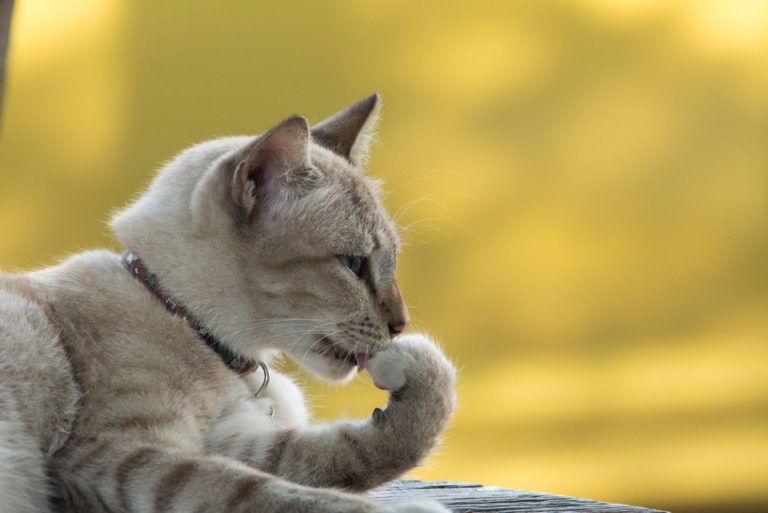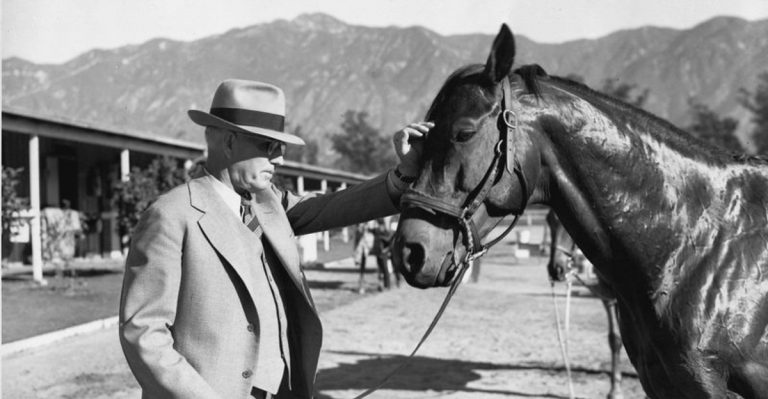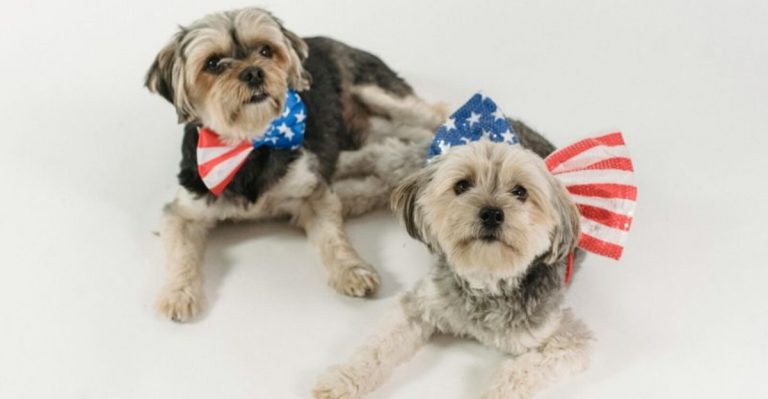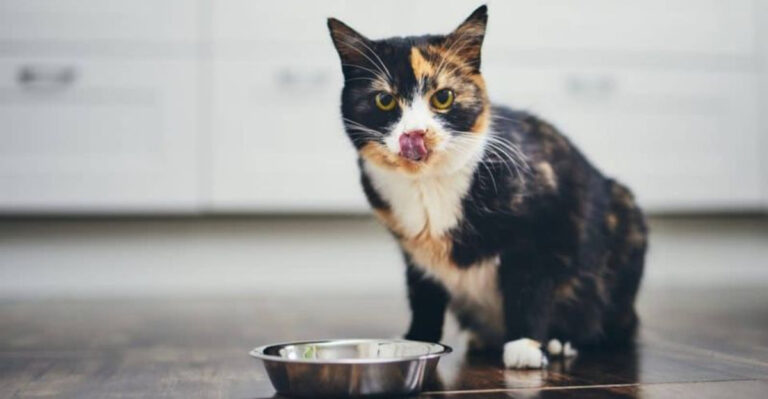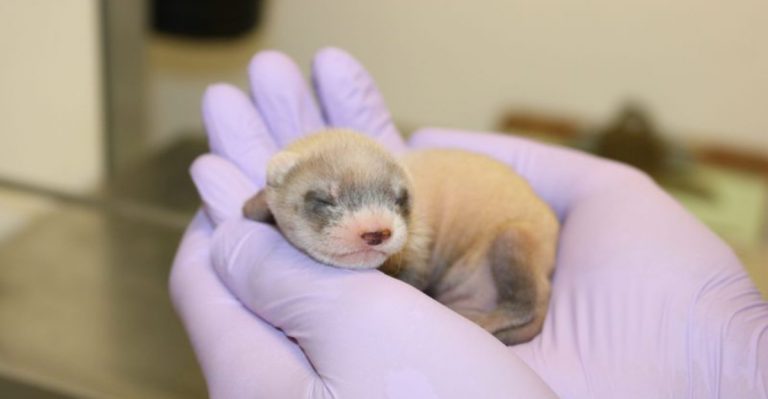How Black Cats Became A Spooky Symbol In American Halloween Traditions
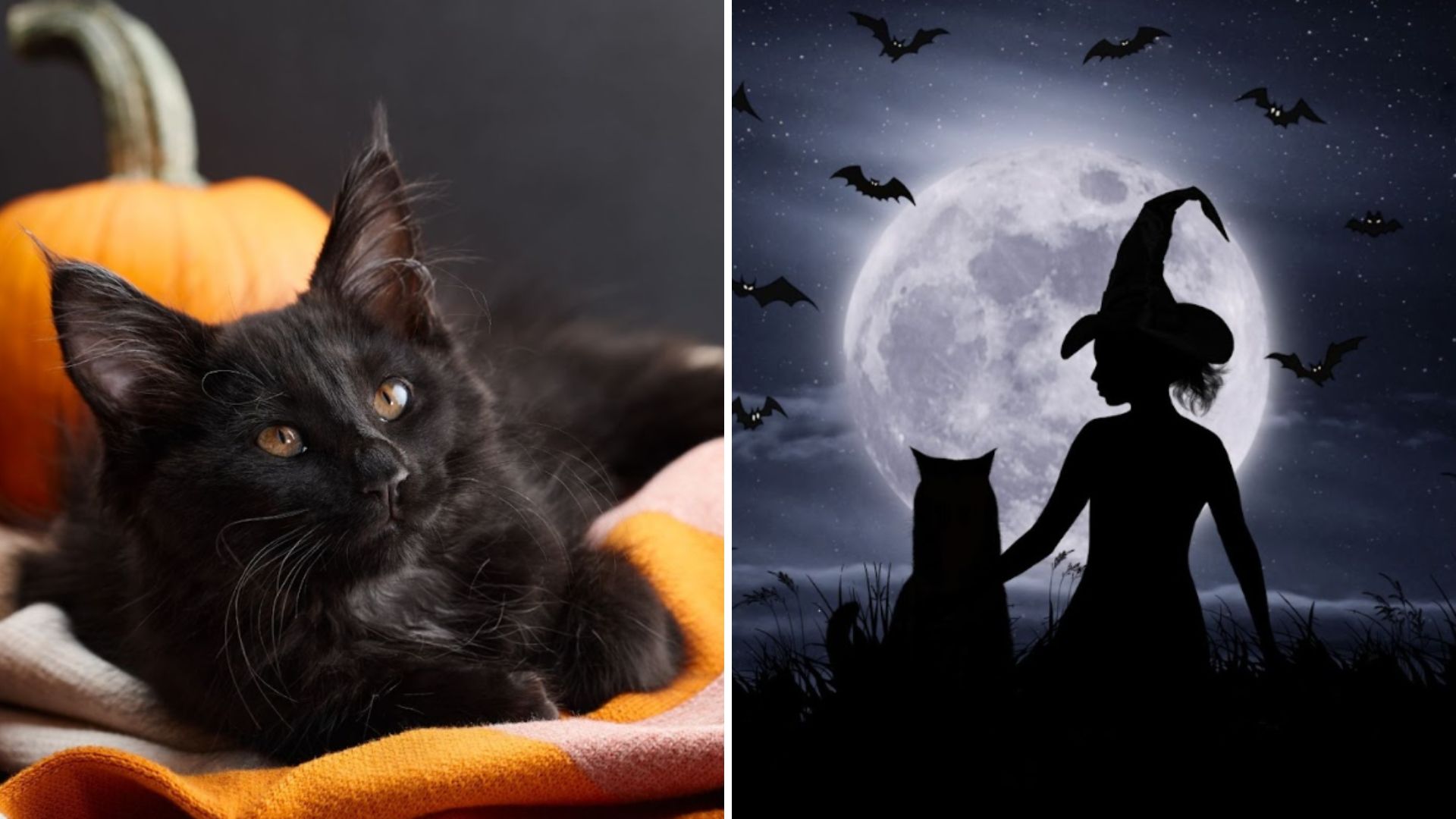
As the vivid colors of summer fade into the cozy embrace of autumn, the world takes on an unmistakable Halloween vibe.
Pumpkins appear with mischievous grins, skeletons stand as silent sentinels, and shadows seem to stir with the mysterious allure of black cats.
But have you ever wondered how these enigmatic felines earned their iconic place in Halloween traditions? The story stretches across centuries, blending history, folklore, and superstition.
Ancient Influence, With Cats As Celestial Beings
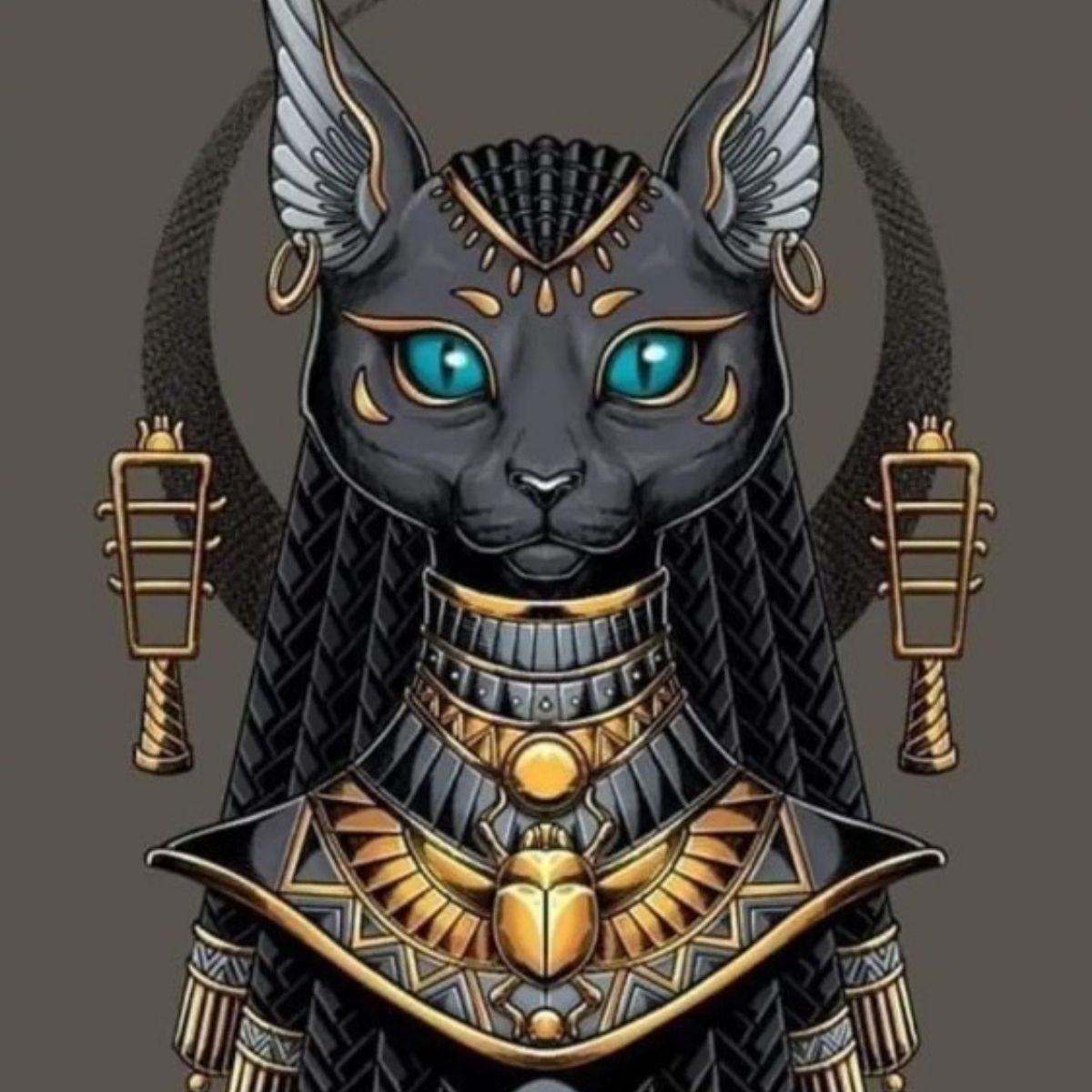
Before the 4th century, cats held a special place in human society. Ancient Egyptians revered them, even deifying these feline protectors who defended homes against snakes, scorpions, and other venomous threats.
Cats were symbols of grace, power, and guardianship.
When the Egyptian empire declined and Christianity began to spread, domestic cats ventured into Europe. During this time, they were still associated with goddesses and mysticism.
However, in 391 CE, Roman Emperor Theodosius I banned pagan worship. Cats lost their divine status but remained largely unharmed in society.
Samhain, The Predecessor To Halloween
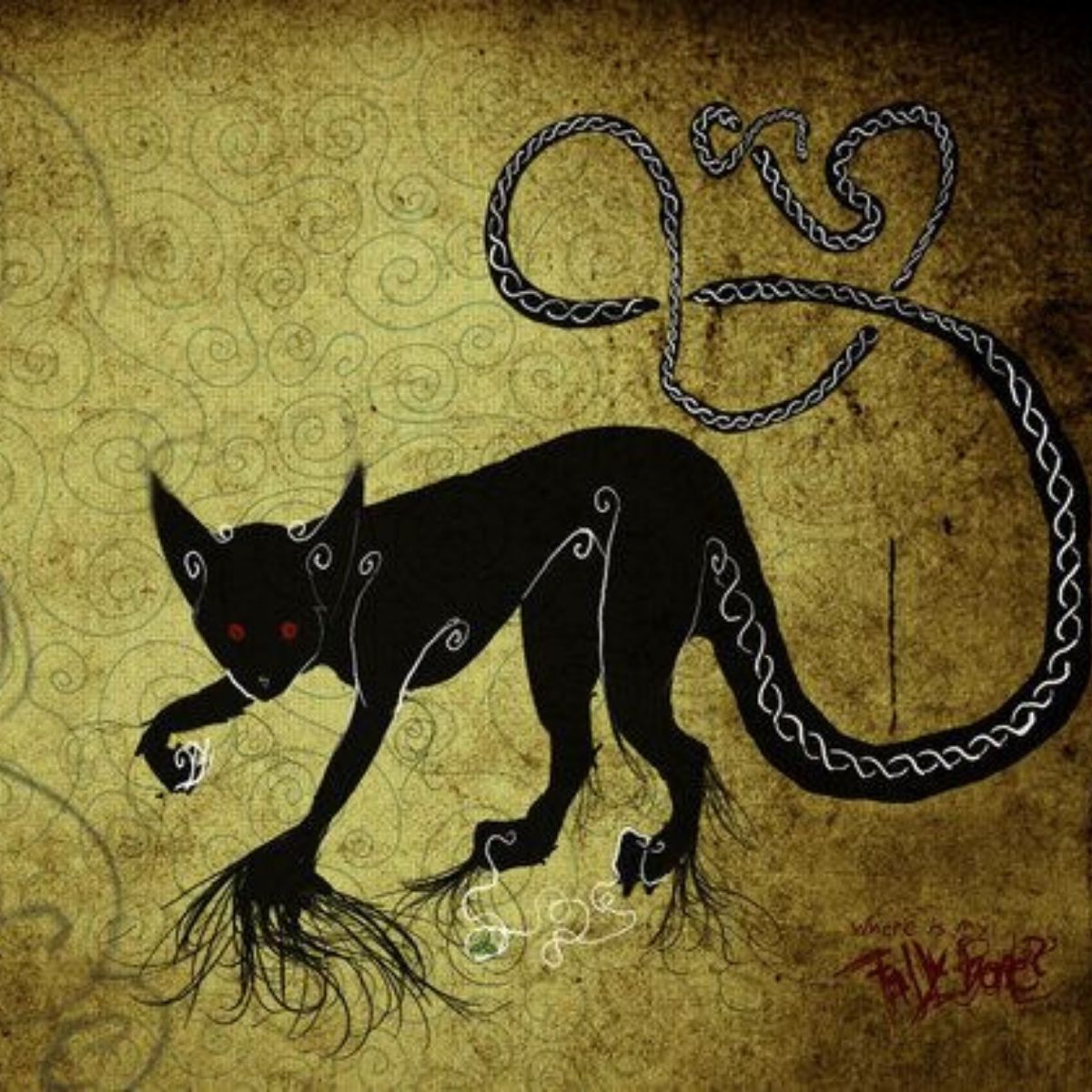
The link between black cats and Halloween can be traced back to the Celtic festival of Samhain.
Celebrated from sunset on October 31 to sunset on November 1, Samhain marked the end of the harvest season and the thinning of the veil between the living and the deceased.
By the 9th century, the Western Christian Church moved All Saints’ Day to November 1, merging it with Samhain and creating the foundation for modern Halloween.
Celtic folklore featured the Cat Sìth, a mythical large black cat with a white chest marking.
Households that left out a saucer of milk were said to receive blessings, while those that neglected it faced curses. This mystical association likely influenced black cats’ Halloween reputation.
The Dark Ages: A Wretched Era For Black Cats
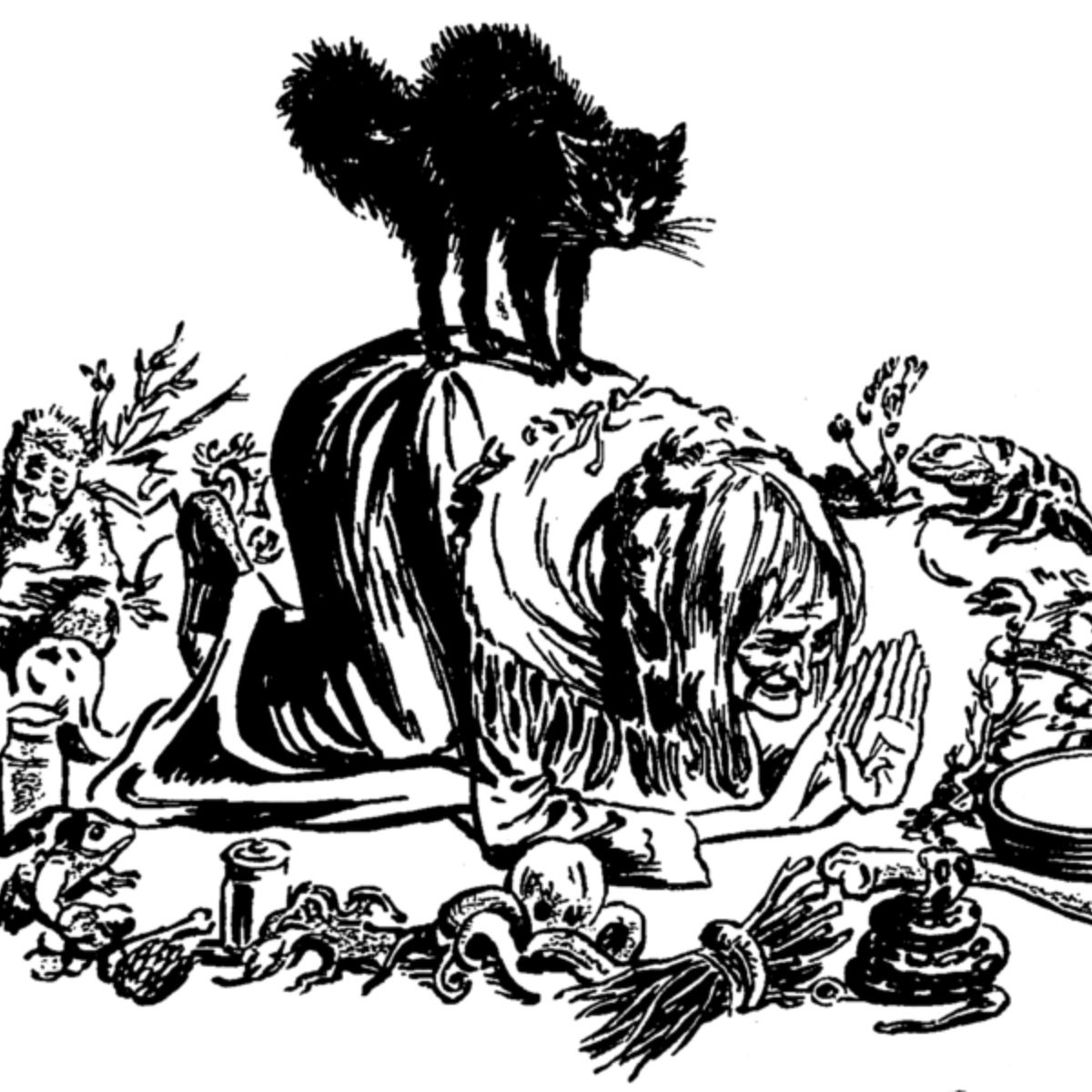
The Middle Ages were particularly harsh for cats, especially black ones. By the 13th century, black cats were increasingly seen as symbols of misfortune.
In 1233, Pope Gregory IX issued “Vox in Rama,” condemning the Luciferian heresy. According to the edict, one of the demons worshiped by this cult appeared as a black cat, linking felines with evil in the public imagination.
Familiars And Witch Trials
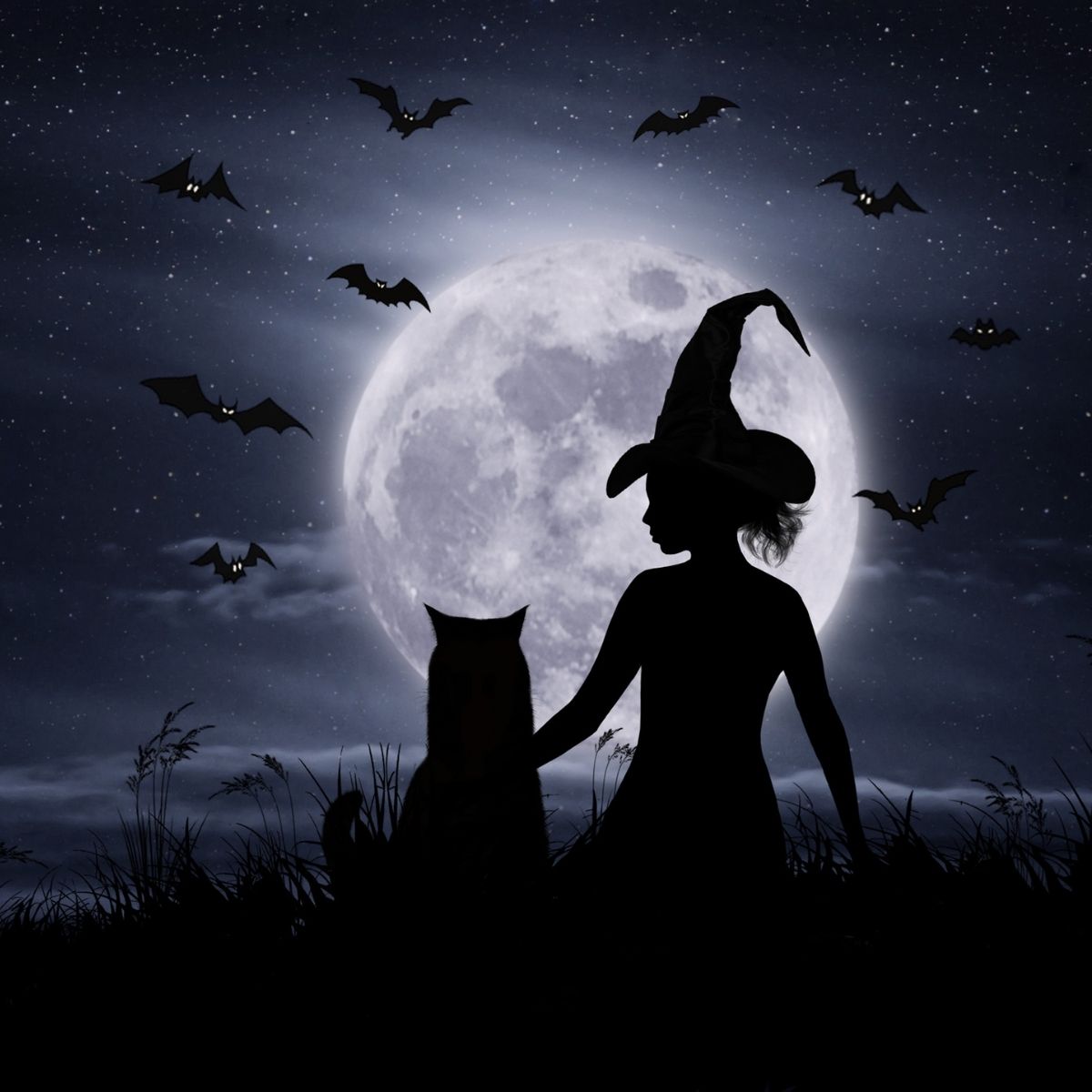
By 1484, Pope Innocent VIII explicitly identified cats as the devil’s favored creatures and companions of witches. Any cat seen near a woman could mark her as a witch, and both were at risk of persecution.
During the witch trials of the 16th and 17th centuries, black cats were believed to execute the bidding of women accused of witchcraft, cementing their dark association.
Colonial America, Persecution Continues
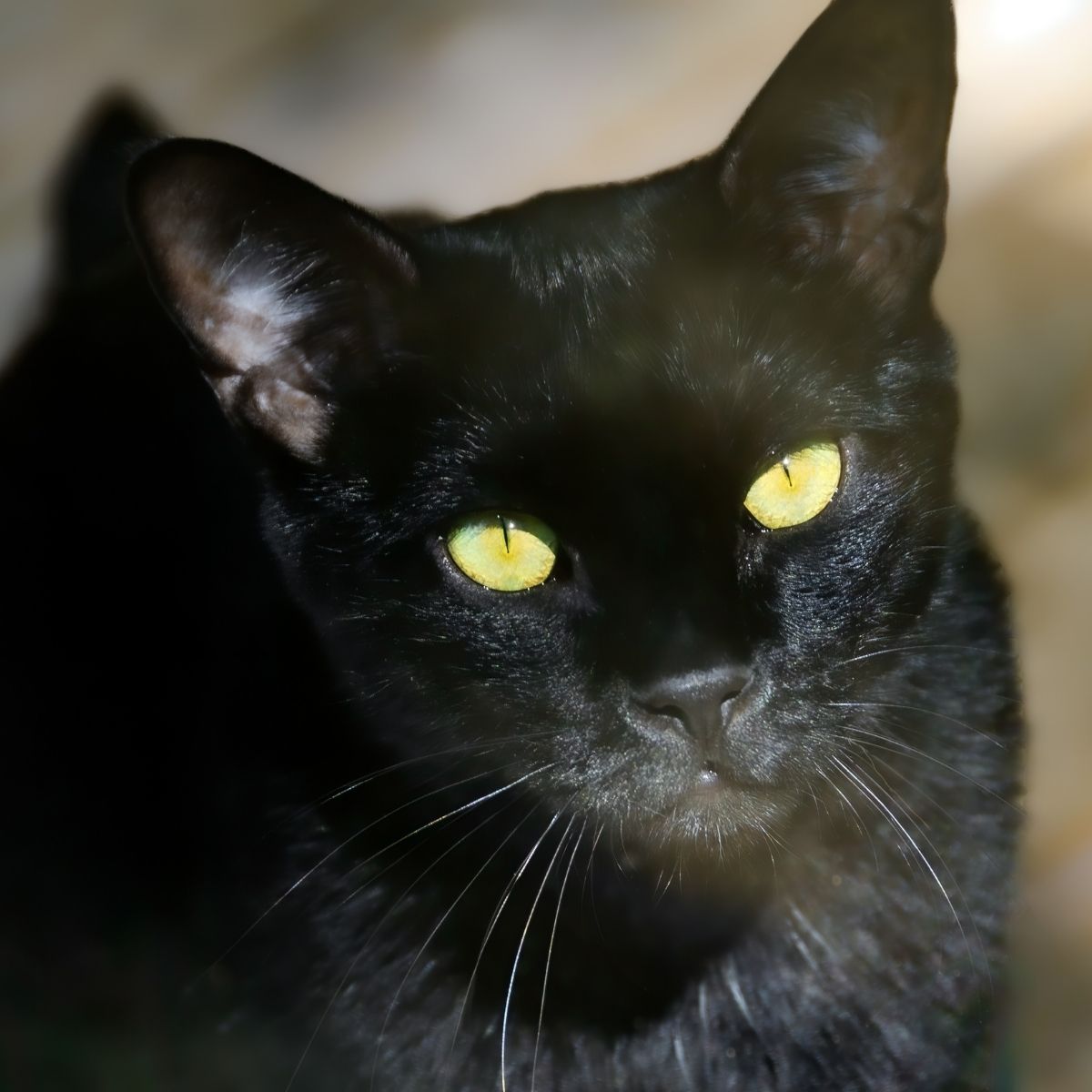
This superstition crossed the Atlantic with early settlers. In New England, particularly during the Salem witch trials, black cats were believed to be witches in disguise.
Many were sacrificed on Shrove Tuesday to protect homes from fire, continuing the long history of fear and mistreatment.
Modern Superstitions And Black Cats Today
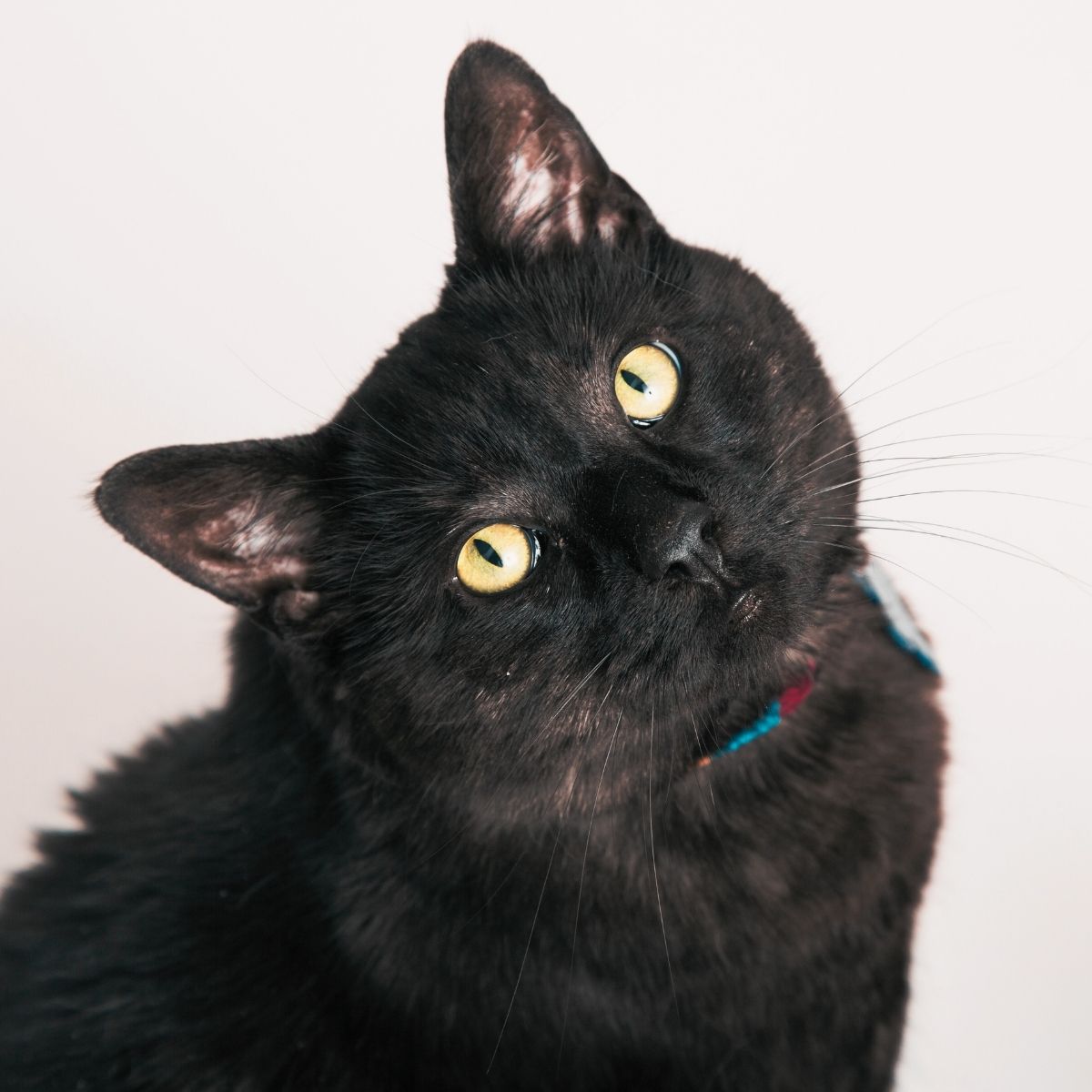
By the 18th century, perceptions of black cats began to shift. They appeared in literature and poetry as symbols of mystery rather than malevolence.
Edgar Allan Poe’s 1843 short story “The Black Cat” reinforced a lingering fear, but over time, attitudes softened.
By the 20th century, black cats became beloved pets and appeared in horror films of the 1930s. During World War II, they were even considered good luck on Halloween, protecting homes from spirits.
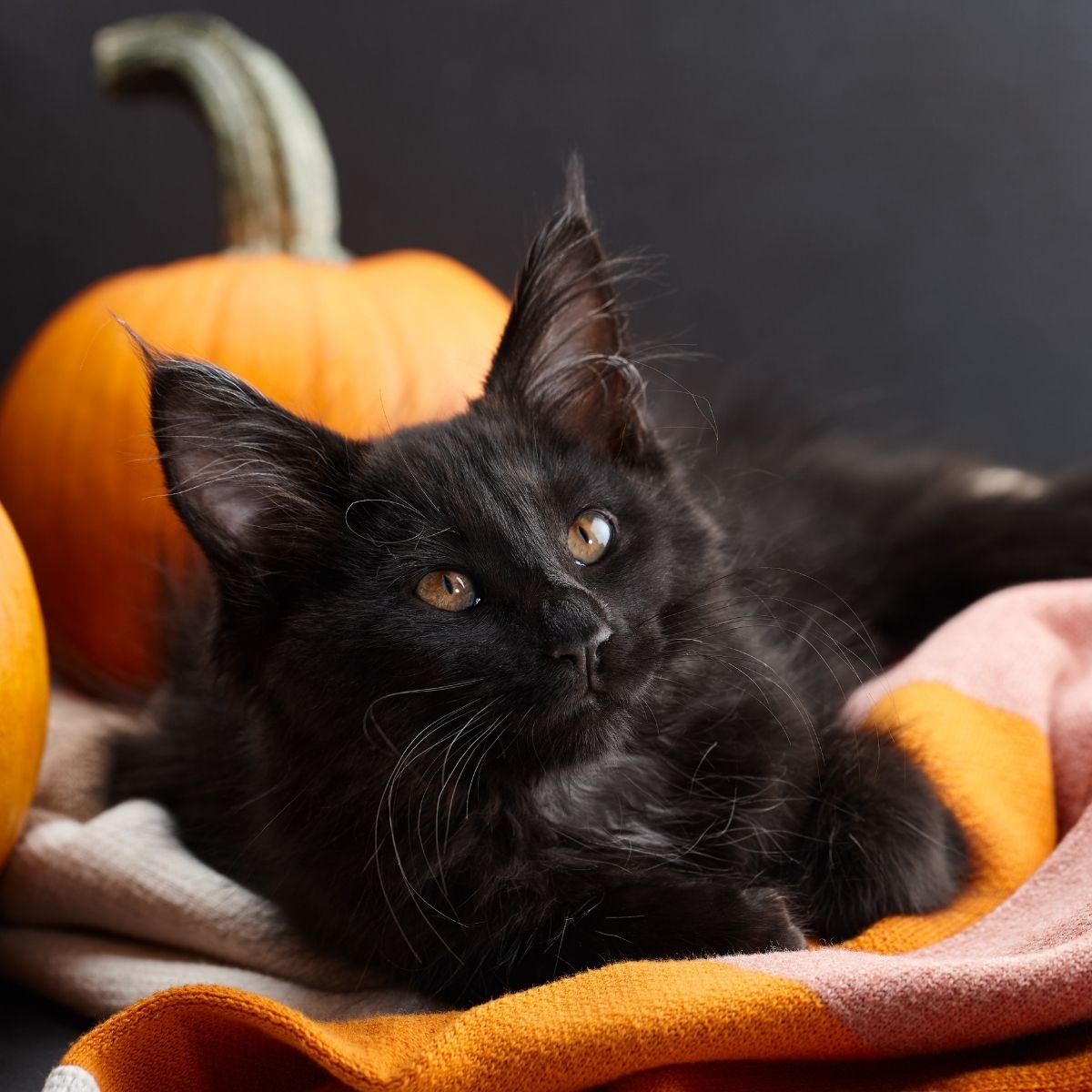
Despite this, black cats still face challenges today. They often sit in shelters longer than other cats, waiting for adoption.
Halloween is a time to celebrate these ebony-furred companions while keeping them safe indoors, where they can enjoy warmth, security, and the love they deserve.This Halloween, remember that black cats are more than spooky symbols. They are loyal, loving, and bring joy into our lives, proving that superstition should never stand in the way of compassion.

